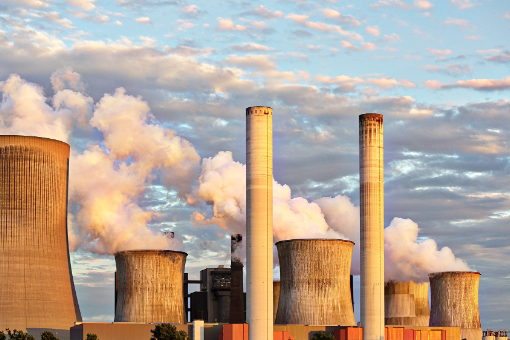章節 2 Jun 2th: U.S. Oil and Gas Output Still Rising in Response to High Prices Last Year
[U.S. oil and gas production continued to rise strongly in March - the delayed impact of very high prices that prevailed until the third quarter of 2022.]
U.S. oil and gas production continued to rise strongly in March - the delayed impact of very high prices that prevailed until the third quarter of 2022.
Oil output increased by 171,000 barrels per day (b/d) in March compared with February, according to the U.S. Energy Information Administration ("Petroleum supply monthly", EIA, May 31).
The gains were led by the Lower 48 states (+137,000 b/d) and Gulf of Mexico (+45,000 b/d), which more than offset lower production from Alaska (-11,000 b/d).
Output rose by almost 10% in the first three months of 2023, compared with the same period a year earlier, and was the second-highest for the time of year after 2020.
On the gas side, dry production hit record 3,171 billion cubic feet in March and was more than 7% higher than in the same month a year earlier ("Natural gas monthly", EIA, May 31).
Gas output climbed to a record 9,180 billion cubic feet in the first quarter and was also 7% higher than a year before.
Shale production is often characterised as "short cycle" because wells have a relatively rapid decline rate and new ones must be drilled constantly to replace the dwindling output from older ones.
But there is still typically a delay of up to 12 months between a change in prices and a change in recorded production.
The pandemic saw a much faster pass-through from prices to production in 2020, but that was in response to an exceptional once-per-century crisis.
After adjusting for inflation, U.S. crude prices peaked at a monthly average of $119 per barrel in June 2022 (87th percentile for all months since 2000) providing a strong impetus to increase drilling and output.
Real gas prices peaked at a monthly average of $9 per million British thermal units in August 2022 (82nd percentile for all months since 2000) again giving strong impetus for more production.
Since then, prices have fallen to $72 per barrel (45th percentile) and $2.30 per million British thermal units (2nd percentile).
But the impact of these very high prices during the second and third quarters of 2022 was still filtering through into production growth in the first quarter of 2023.
The lagged impact of these earlier high prices should start to fade from the third quarter, and especially the fourth quarter.
The total number of rigs drilling for oil and gas was already down by around 7% in May 2023, compared with its peak in December 2022.
Slower drilling activity will eventually translate into slower production growth with a typical delay of up to 6 months.
In the meantime, however, high levels of production are keeping inventories elevated, especially in the case of gas, which is in turn keeping prices under pressure.
U.S. commercial crude inventories were still +24 million barrels (+5% or +0.43 standard deviations) above the prior 10-year seasonal average at the end of March. They have since normalised.
U.S. gas stocks were +214 billion cubic feet (+13% or +0.47 standard deviations) above the 10-year average at the end of March and were still +270 billion cubic feet (+13% or +0.63 standard deviations) above it in late May.
The contrast between fairly average crude inventories and a large surplus in gas explains why oil prices are close to the post-2000 average in real terms while gas prices are still trading near to their lowest point.
Source: Devdiscourse





